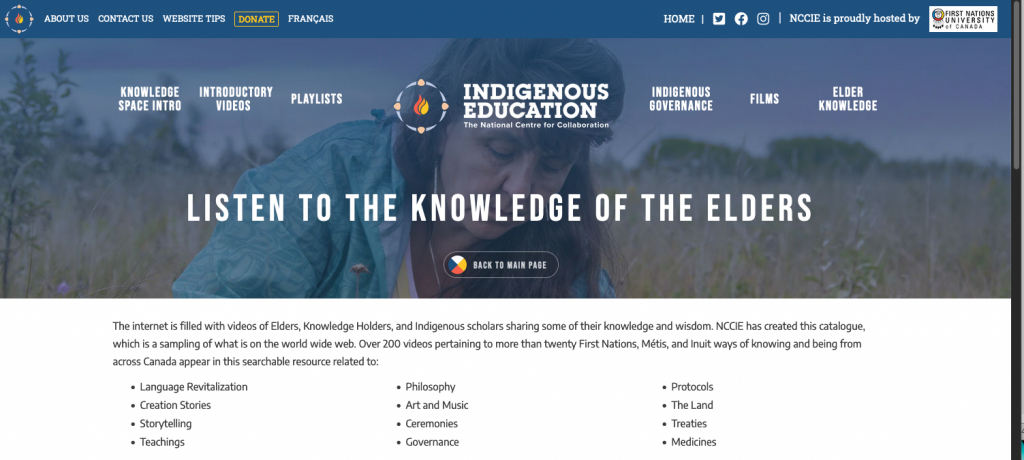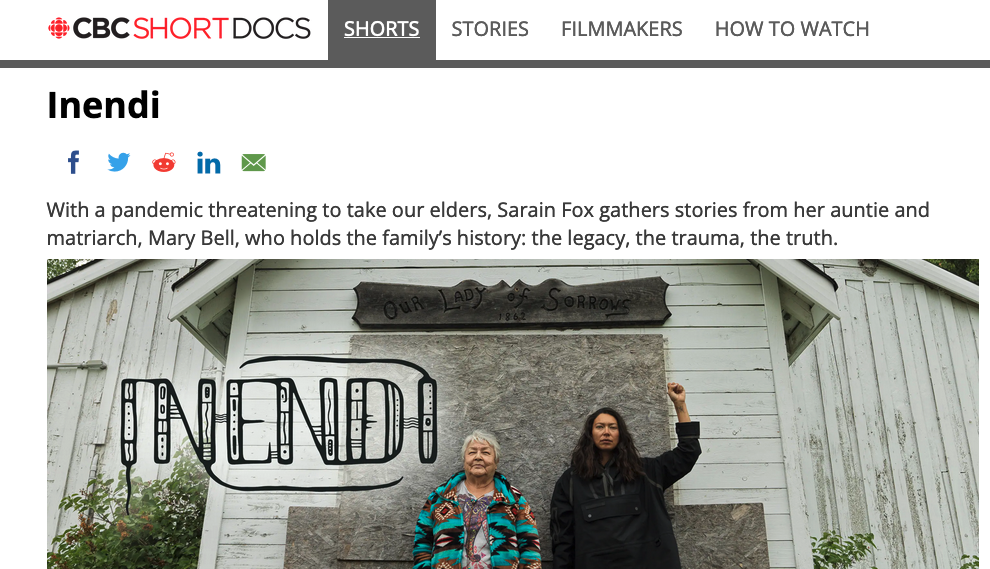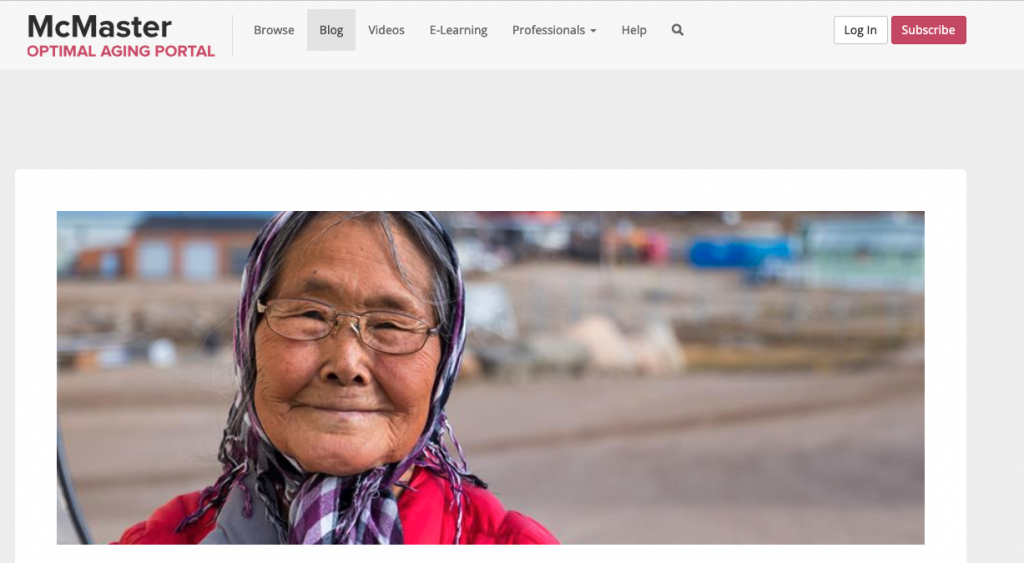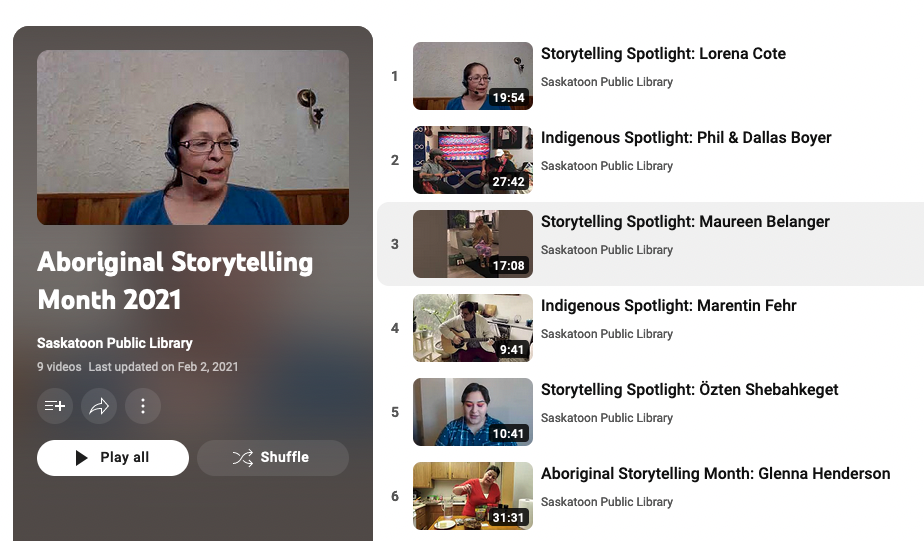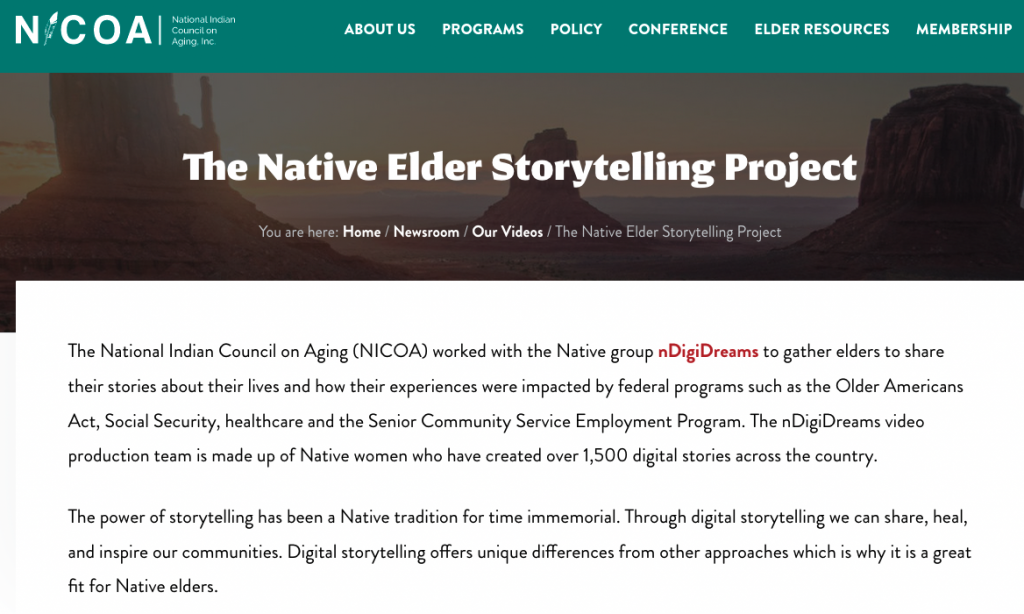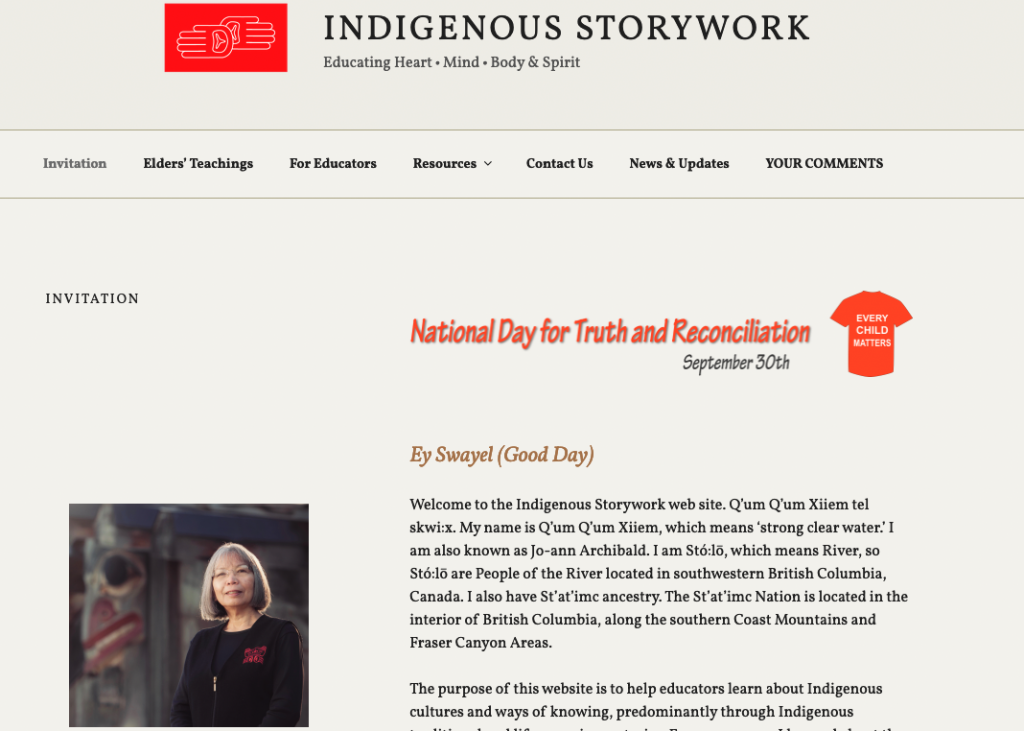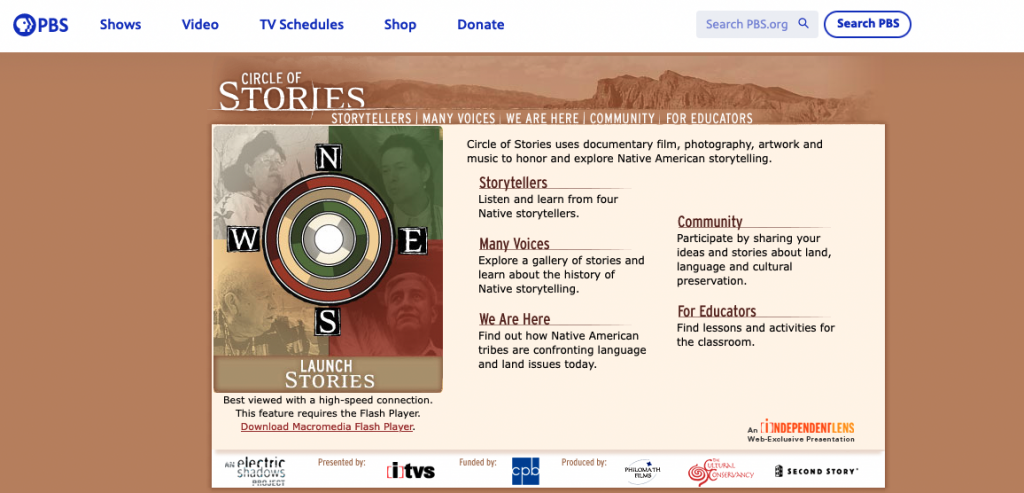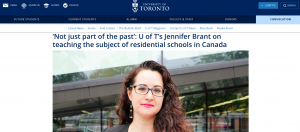Module 4 Post 1
This post was a deep dive into the Principles & Guidelines for the Protection of the Heritage of Indigenous People. The University of Alaska Fairbanks offers rich resources guiding non-Indigenous researchers and allies in the allocation of traditional knowledge. Prior to embarking on any curricular building activities, it was important for me to read and be reminded of these guidelines.
First, there is a recommendation that “All researchers and scholarly institutions should take immediate steps to provide indigenous peoples and communities with comprehensive inventories of the cultural property, and documentation of indigenous peoples’ heritage, which they may have in their custody.” Is this happening in our communities and institutions? Have relics been returned? Has knowledge been reallocated to the original keepers?
Secondly, there is a recommendation that “Researchers and scholarly institutions should return all elements of indigenous peoples’ heritage to the traditional owners upon demand, or obtain formal agreements with the traditional owners for the shared custody, use and interpretation of their heritage.” How does the average person engage in this conduct? What kind of behavior can be modelled to incite the return of all heritage? What role can schools play?
Thirdly, there is a recommendation that “Researchers and scholarly institutions should decline any offers for the donation or sale of elements of indigenous peoples’ heritage, without first contacting the peoples or communities directly concerned and ascertaining the wishes of the traditional owners.” When one knows the roots of knowledge and the keepers of tradition makes it impossible to take that knowledge and heritage without providing the proper honoring of ownership. This practice can also be reflected in western educational institutions through forms of plagiarism, which might serve as a bridge to win over individuals who have not sought allyship.
Fourth, there is a recommendation that “Researchers and scholarly institutions must refrain from engaging in any study of previously undescribed species or cultivated varieties of plants, animals or microbes, or naturally occurring pharmaceuticals, without first obtaining satisfactory documentation that the specimens were acquired with the consent of the traditional owners.” Due to the major environmental challenges happening in the world today, Indigenous knowledge and treatment of nature must dominate the curriculum and community conversations. Indigenous practice needs to be at the helm of strategies guiding contemporary individuals with proper knowledge of nature.
Fifth, there is a recommendation that “Researchers must not publish information obtained from indigenous peoples or the results of research conducted on flora, fauna, microbes or materials discovered through the assistance of indigenous peoples, without identifying the traditional owners and obtaining their consent to publication.”
Sixth, there is a recommendation that “Researchers should agree to an immediate moratorium on the Human Genome Diversity Project. Further research on the specific genotypes of indigenous peoples should be suspended unless and until broadly and publicly supported by indigenous peoples to the satisfaction of United Nations human rights bodies.”
Seventh, there is a recommendation that “Researchers and scholarly institutions should make every possible effort to increase indigenous peoples’ access to all forms of medical, scientific and technical education, and participation in all research activities which may affect them or be of benefit to them.”
Eighth, there is a recommendation that “Professional associations of scientists, engineers and scholars, in collaboration with indigenous peoples, should sponsor seminars and disseminate publications to promote ethical conduct in conformity with these guidelines and discipline members who act in contravention.”
https://uaf.edu/ankn/indigenous-knowledge-syst/principles-guidelines-for/
